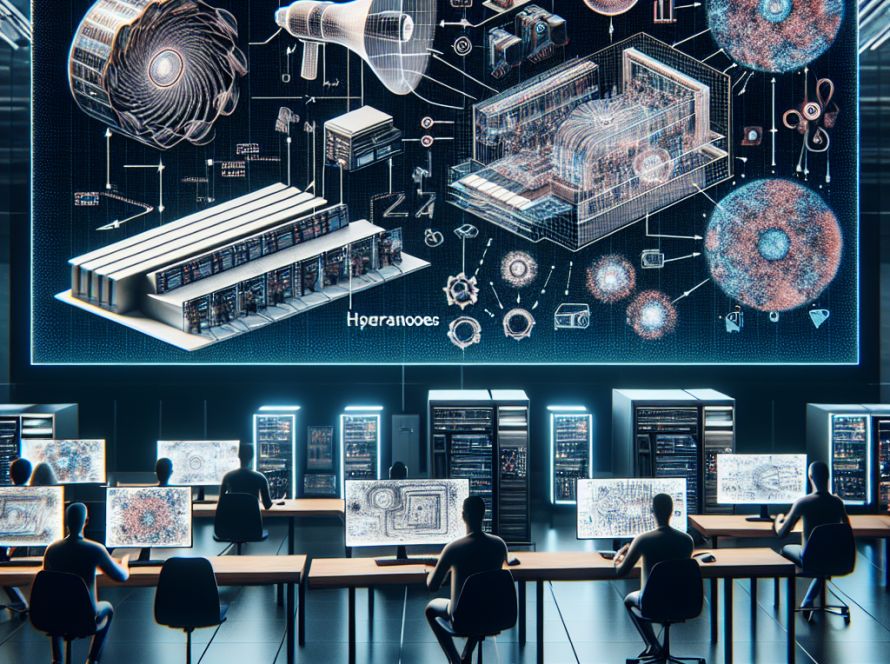We are absolutely thrilled to present to you the groundbreaking work of the researchers from the Massachusetts Institute of Technology (MIT), Meta, and Codec Avatars Lab! Their novel approach, PlatoNeRF, has addressed the challenging task of single-view 3D reconstruction from a neural radiance field (NeRF) perspective, leveraging two-bounce light measured by lidar and employing lidar transient data for supervision in modeling optical paths within NeRF. This revolutionary approach overcomes limitations associated with data priors and shadows observed by RGB cameras, allowing for the reconstruction of both visible and occluded geometry without relying on data priors or controlled ambient lighting.
The researchers have also demonstrated improved generalization under practical constraints on sensor spatial and temporal resolution. Furthermore, PlatoNeRF showcases accurate single-view 3D reconstruction without hallucinating details and demonstrates robustness to ambient light, scene albedo, and spatial-temporal resolution constraints. Its implicit representation allows for improved generalization to lower resolutions than existing lidar methods, making it particularly useful in the context of emerging single-photon lidars becoming prevalent in consumer devices such as phones, tablets, and headsets.
To compare PlatoNeRF with existing methods, the researchers tested it against two methods, one that uses two-bounce lidar for single-view 3D reconstruction without learning and one that uses shadows measured by an RGB camera to train NeRF. Through the experiments, it was observed that the proposed model performed better than both BF Lidar and S3 -NeRF across L1 depth and PNSR metrics on the reconstructed depth images. The model was able to reconstruct the visible and occluded parts of the scene, providing accurate scale and absolute depth, achieving much smoother results than BF lidar. The method’s efficiency was further demonstrated in real-world scenarios, showcasing competitive performance compared to Bounce-Flash Lidar.
The groundbreaking work of the researchers from the Massachusetts Institute of Technology (MIT), Meta, and Codec Avatars Lab is truly inspiring! With the introduction of PlatoNeRF, the world of 3D reconstruction is set to make a major breakthrough, allowing for the construction of both visible and occluded geometry from a single view without data priors or strict lighting conditions. This marks a significant advancement in the realm of 3D scene understanding, and we look forward to seeing the amazing possibilities that this revolutionary method will open up. So, don’t forget to join our 35k+ ML SubReddit, 41k+ Facebook Community, Discord Channel, and Email Newsletter, where we share the latest AI research news, cool AI projects, and more. If you like our work, you will love our newsletter – get ready to be part of the AI revolution!

